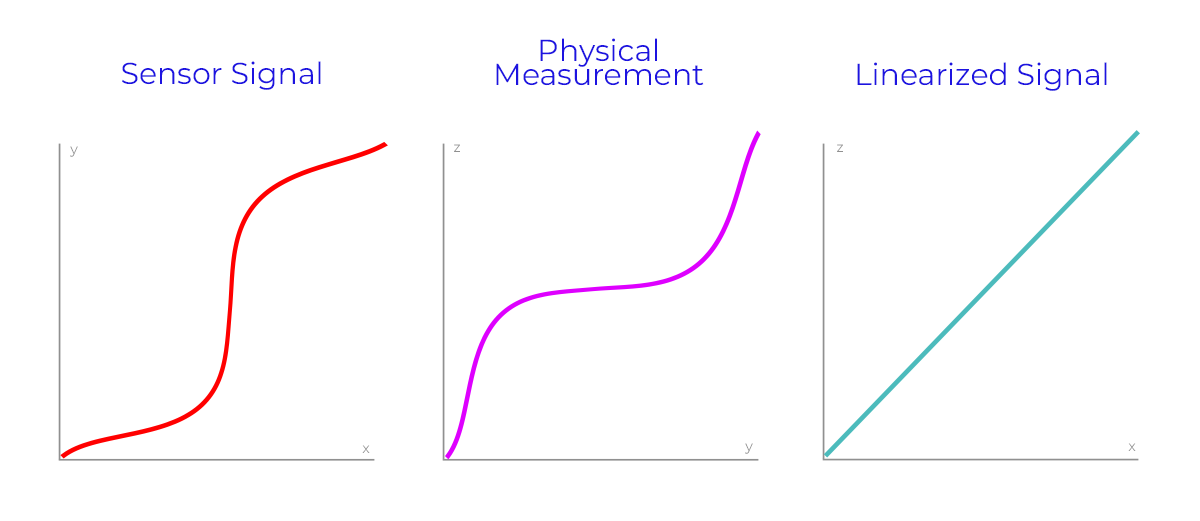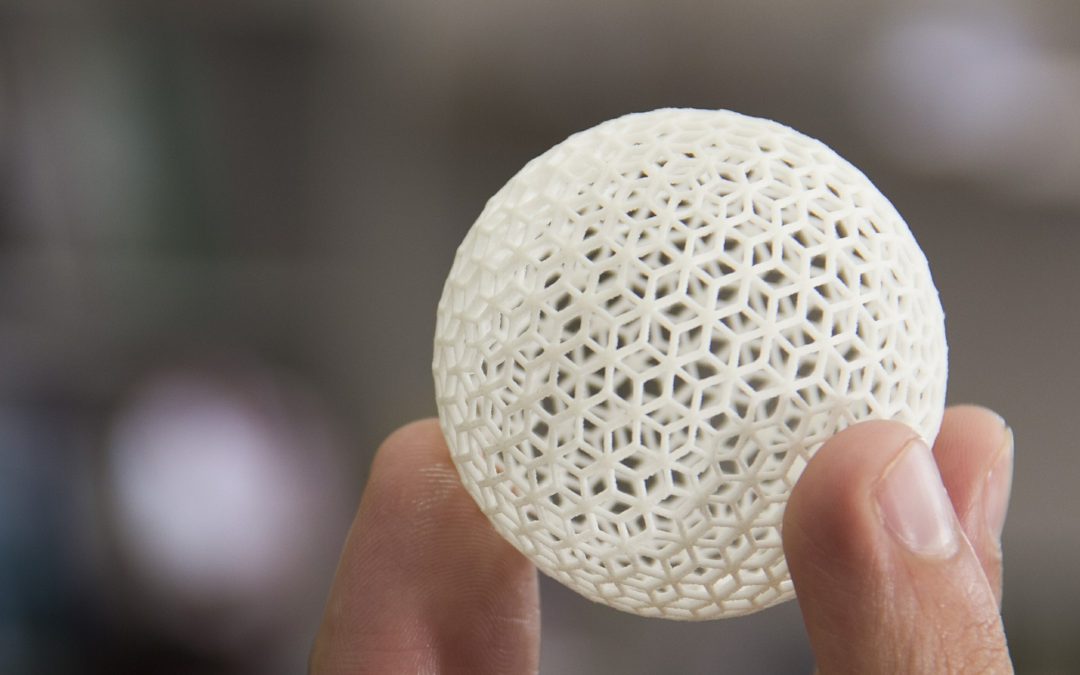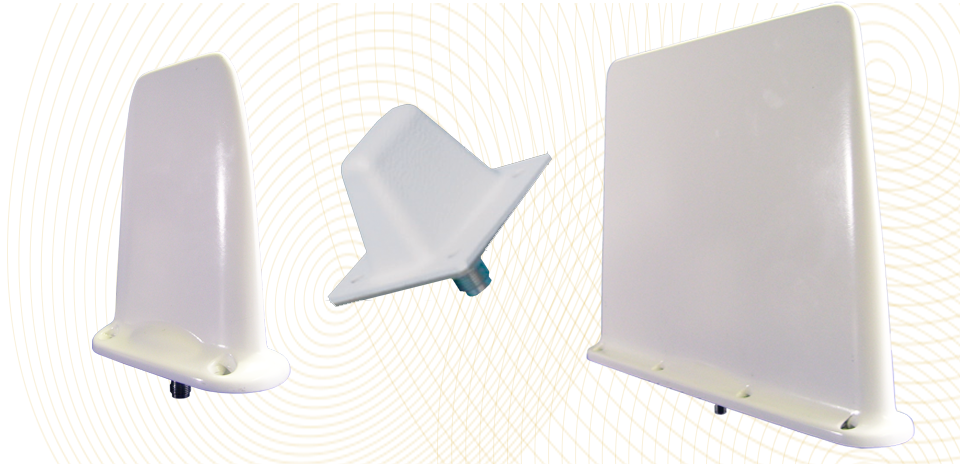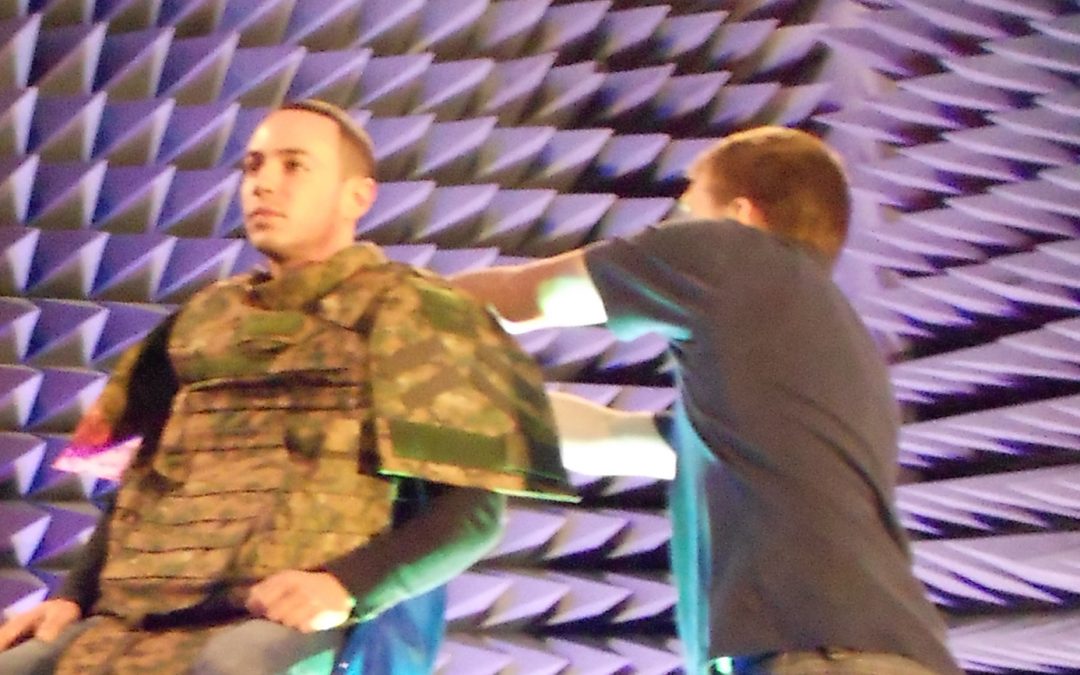Because signal types and strengths vary from one analog signal to another, without a way to optimize the signals, there would not be an accurate way to measure them. Therefore, signal conditioning is one of the most important components to any sensing system. In this post, we introduce the concept of signal conditioning, as well as give examples of different types of signal conditioners.
A signal conditioner converts an analog signal from a processor sensor into one that is suitable for further processing.
Signal conditioning come in many forms, but in this post, we’re focusing on isolation, amplification, linearization, and filtering.
Isolators protect and preserve valuable measurements and control signals, as well transmitters and receivers, from the damaging effects of noise, transient power surges, internal ground loops, and other hazards that may be present in the environment.

Amplifiers increases the input signal strength (amplitude) to a level suitable for digitization by the data acquisition (DAQ). With low-voltage output sensors such as thermocouples and strain gauges, amplification can increase the resolution of the measurement. A thermocouple produces a temperature-dependent voltage, which can be interpreted to measure temperature. As the name suggests, a strain gauge simply measures strain on an object. In this case, a strain gauge measures the strain on the sensor system.

Linearizers are often used for thermocouple signals. When the signals produced by a sensor don’t have a straight-line relationship with the physical measurement, linearization is necessary.

Filters improve the performance of a sensing system by eliminating unwanted frequencies on a spectrum. By filtering out the noise errors, they create a clean and consistent signals for precise measurement.

Latest Posts

Reshaping Antenna Design with 3D Printing
As we discussed in a previous post, before we can manufacture, we must prototype. For this step in the process, we are beginning to explore additive manufacturing, or as it’s more commonly known, 3D printing.

An Overview of Unmanned Aerial Vehicles — and their Antennas
An unmanned aerial vehicle, or UAV, refer to a vehicle that is able to fly remotely, either with some sort of controller or autonomously. An unmanned aircraft system, or UAS, includes not only the UAV, itself but also the person on the ground controlling the flight, as well as the system in place that connects the two of them.

An Introduction to RF Testing
RF testing is used to measure a variety of different antenna attributes. In this post, we discus a few ways in which rf testing can help determine if your device is performing the way it should.
